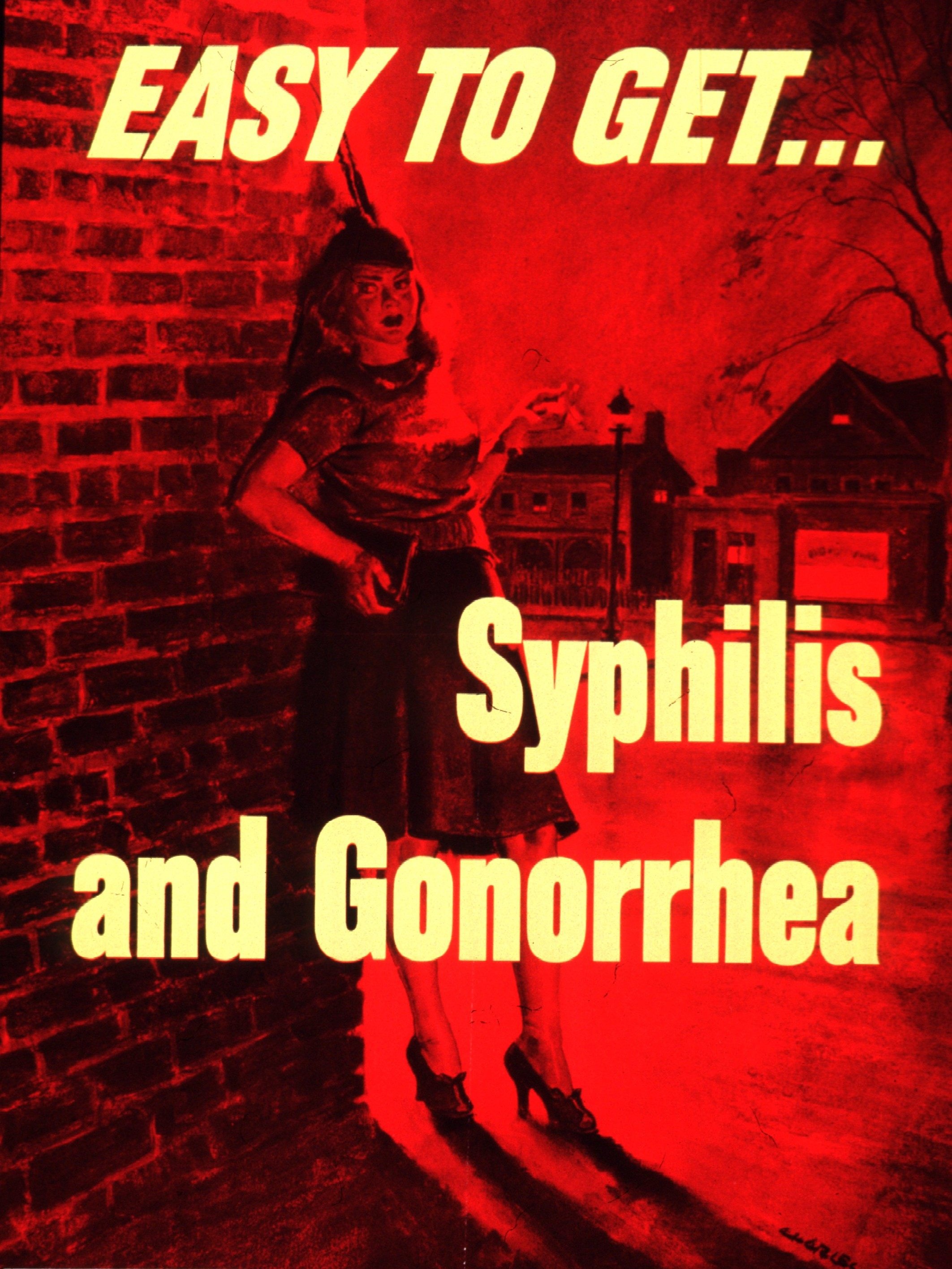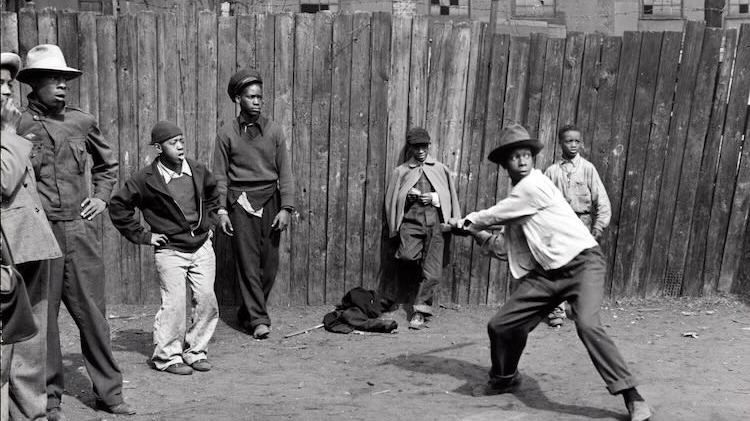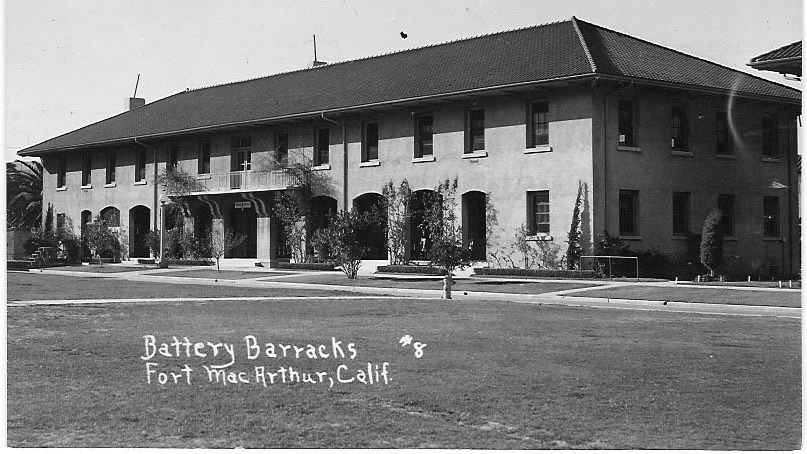June 3, 1943, the semester at Cal having ended in late May, I return home to Los Angeles to stay with my family for the summer.
My mother and father having divorced in 1936, I returned to 950 E. 42nd Place, the home I had shared with my mother, grandmother, and brother, Norman. The house was about two long blocks east of Wrigley Field, home of the Los Angeles Angels, then a Chicago Cubs-owned minor league baseball team, and one short block from Central Avenue, the heart of the Negro community in Los Angeles, where famous Black entertainers like Cab Calloway performed in large, ornate hotel ballrooms owned by African American hoteliers (Photo below of Calloway wearing a "Zoot Suit.")

My father's office at the headquarters of the Golden State Mutual Life Insurance Company was just one block away.
While downtown late one night my friends and I are confronted by a group of White sailors looking for trouble. We happened to arrive during what will become known as the “Zoot Suit Riots,” where young Mexican Americans and White sailors confront and assault each other. The sailors’ attentions also turn to Negro Americans because we, too, wear zoot suits. We are convenient targets. Their threat is sufficient for me to jump onto the first available streetcar, not one I would usually have taken, in order to get out of there and home in one piece.
[From Wikipedia] The Zoot Suit Riots took place from June 3–8, 1943 in Los Angeles, which was one of a dozen wartime industrial cities that suffered race-related riots in the summer of 1943, along with Mobile, Alabama; Beaumont, Texas; Detroit, Michigan; and New York City.
American servicemen and white Angelenos attacked and stripped children, teenagers, and youths who wore zoot suits, ostensibly because they considered the outfits, which were made from large amounts of fabric, to be unpatriotic during World War II. Rationing of fabrics and certain foods was required at the time for the war effort. While most of the violence was directed toward Mexican American youth, African American and Filipino American youths who were wearing zoot suits were also attacked.
The Zoot Suit Riots were related to fears and hostilities aroused by the coverage of the Sleepy Lagoon murder trial, following the killing of a young Latino man in what was then an unincorporated commercial area near Los Angeles. The riot appeared to trigger similar attacks that year against Latinos in Chicago, San Diego, Oakland, Evansville, Philadelphia, and New York City. The defiance of zoot suiters became inspirational during the Chicano Movement of the 1960s, led by Cesar Chavez, who merged his cause with the Black Power Movement of that time.
Dear Readers: This a journal entry written by World War II Buffalo Soldier, Ivan J. Houston (1925-2020). The words and recollections of Mr. Houston were transcribed, re-written, and edited by Gordon Cohn into their book, BLACK WARRIORS, The Buffalo Soldiers of World War II.
A documentary film, WITH ONE TIED HAND, The Buffalo Soldiers of World War II was produced by Pacific Film Foundation and released by SHOUT! Factory on December 6, 2022. Our first entry was posted on December 7, 2022 - 81 years after the fact...
NEXT POST: I become a member of the Enlisted Reserve Corps and receive my army serial number.


 Add Row
Add Row
 Add
Add






Write A Comment